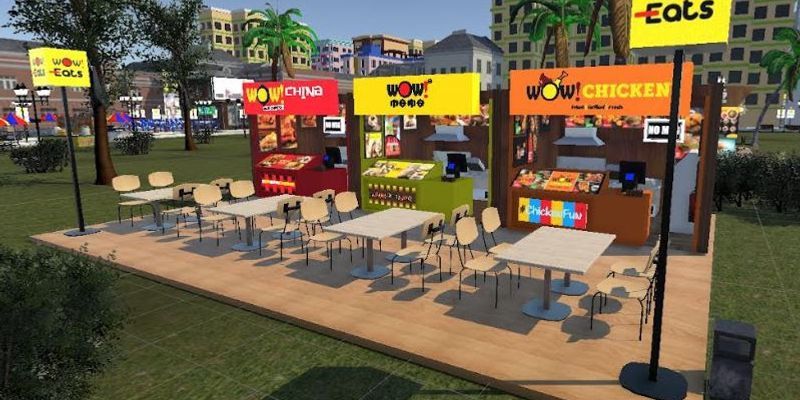Business Model of Wow Momo from Beginning to Date!
In the bustling world of startups, where dreams are kneaded with innovation, Wow Momo stands as a delicious testament to the power of passion and a well-defined business model. Let's take a deep dive into their journey, exploring the secret sauce behind their momo empire.
Started in 2008 by college mates Sagar Daryani and Binod Homagai, Wow Momo ever since its inception has come a long way, investing just 30,000 rupees in it. The two decided on their first stall at Kolkata, with the aspiration of turning the movable meals into a money business. The start-up was faced with an initial financial constraint and competition with the street vendors that are famously selling momos at a lower price without paying heed to standardised hygiene, same taste, and variety. However, in no time Wow Momo distinguished itself by providing hygienic and unique momos with consistent quality.
Expansion and Innovation
One of the main points that led to the tremendous success of Wow Momo was its unique menu that comprised some of the innovative variations of momos such as sizzler momos, tandoori momos, etc as well as ‘Moburgs’ which was a fusion of momo and burger. Besides the traditional channels, they did not limit themselves; the kiosks in the tech parks neighborhood and food trucks which were also in the amusement parks became their key expansion points. By 2024, Wow Momo had grown to over 800 outlets across several cities in three different brands: Wow Momo, Wow China, and Wow Chicken
Strategic Business Model
Despite the fact that has a centralised production facility, it is still able to franchise many of its stores because of this strategy. The food truck has central production points like kitchens where momos are prepared and supplied to outlets via chilled vehicles. This helps to maintain freshness and originality. In this model, we can only possibly achieve a huge level of operation and ensure that all outlets are of good quality. The revenue stream comes mainly from sales in chain stores where there is a royalty to be paid from the same (chain stores) as well. The total monthly revenue is about Rs. 20-22 crore.
Marketing and Brand Strategy
Undoubtedly, marketing is the foundation of the brand strategy in Wow Momo by which the company managed to satisfy our needs. Since then, the promotional campaigns have grown and developed into simple but effective ways like placing trays and branded t-shirts when giving out momos. With the brand expansion, the company went on to heavily rely on social media platforms to keep engaged with an audience that is mostly young people, which provides faster results and entices customers with innovation and new food experiences.
Challenges and Adaptations
Like many businesses, Wow Momo faced its share of challenges, especially during the early stages of the COVID-19 pandemic. However, they quickly adapted by launching 'Wow Momo Essentials' to deliver groceries and essential goods, collaborating with major brands like ITC and Nestle to ensure service continuity and relevance during lockdowns.
Future Outlook
Looking forward, Wow Momo is not just content with domestic success; the company plans to expand into international markets, including Southeast Asia and the GCC, aiming to emulate global QSR giants like Domino's and McDonald's in terms of operational scale and consistency.
Wow Momo's journey from a single kiosk to a major QSR empire exemplifies the potential of innovative food business models in India's rapidly evolving culinary landscape. Their ability to blend traditional tastes with modern business acumen continues to set them apart in the competitive food industry.
Edited by Rahul Bansal








![[The Turning Point] Why these friends launched solar energy solutions startup ZunRoof](https://images.yourstory.com/cs/2/79900dd0d91311e8a16045a90309d734/TP3-1595576468655.png)


